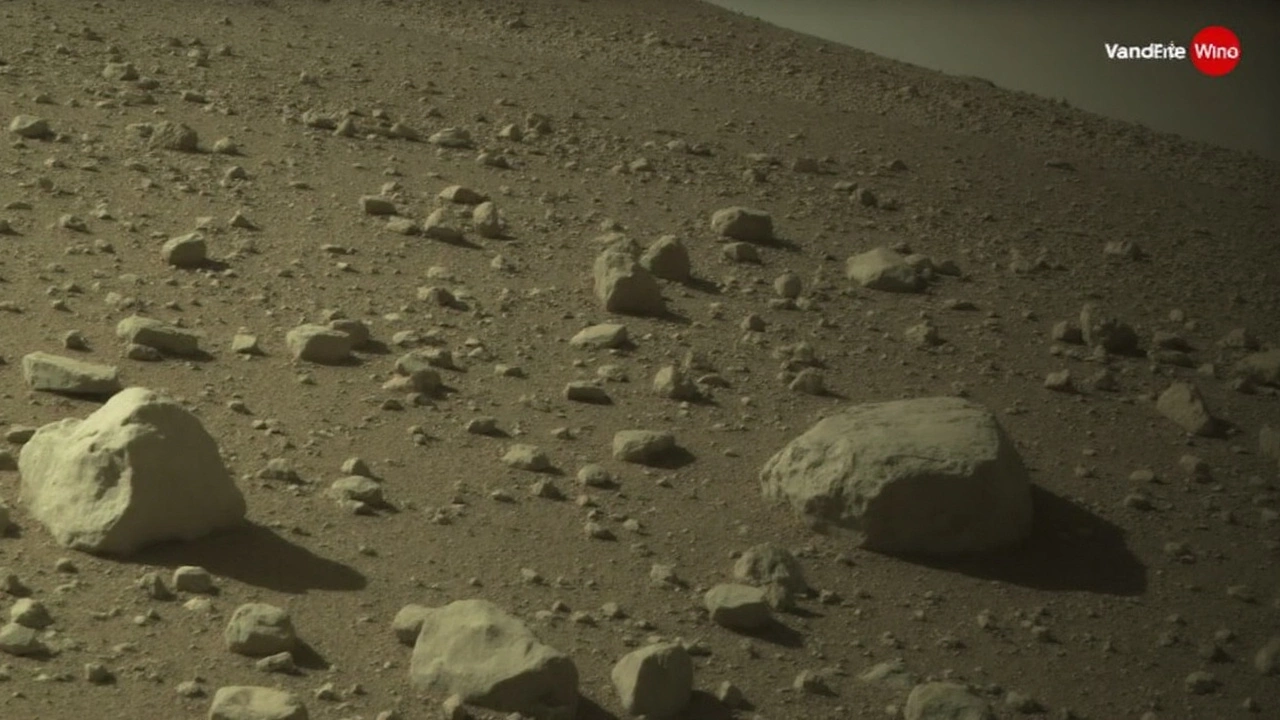Mars Biosignatures: Spotting Life’s Footprints on the Red Planet
Ever wonder how we could tell if Mars ever hosted life? The answer lies in biosignatures – chemical, mineral or physical traces that point to living processes. They’re not direct fossils, but patterns that biology tends to leave behind. By spotting these patterns, researchers can say with confidence whether life once existed or might still be lurking.
What counts as a biosignature?
A biosignature can be as simple as a specific gas in the atmosphere or as complex as a layered mineral deposit. On Mars, scientists focus on a few main types:
- Organic molecules – carbon‑based compounds that living things build. Some are sturdy enough to survive harsh conditions for billions of years.
- Isotopic ratios – the relative amounts of different isotopes (like carbon‑12 vs. carbon‑13) can reveal biological activity because life prefers lighter isotopes.
- Mineral textures – certain crystal shapes form only when water interacts with microbes, such as stromatolite‑like layers.
- Atmospheric gases – a mixture of methane, hydrogen and oxygen that stays out of equilibrium often hints at ongoing biology.
Each of these clues on its own can be ambiguous. That’s why scientists combine multiple lines of evidence before shouting “we found life!”
How rovers and orbiters hunt for them
Modern Mars missions come packed with instruments designed to sniff out biosignatures. The Perseverance rover, for example, carries a drill that grabs rock cores and delivers them to the SHERLOC and PIXL labs. SHERLOC uses laser‑induced fluorescence to highlight organic compounds, while PIXL maps the elemental makeup at a micron scale.
Orbiters add a broader view. The ExoMars Trace Gas Orbiter measures methane concentrations from space, looking for hotspots that could signal microbial activity underneath the surface. Meanwhile, the Mars Reconnaissance Orbiter’s CRISM camera surveys mineralogy across the entire planet, flagging deposits that form in watery environments.
Data from these tools pile up in a giant puzzle. When a rover reports a spot with high organic content, and an orbiter sees a methane plume directly above, the combined signal becomes far more compelling.
Scientists also run lab simulations back on Earth. They recreate Martian conditions in chambers and expose real microbes to see how the signatures change. Those experiments help calibrate the instruments and teach us what to look for in real mission data.
So far, the most promising finds include elevated methane near the Gale Crater, strange silica-rich rocks that could be ancient hot‑springs, and trace organics inside rock fragments. None of these are definitive proof, but they keep the excitement alive.
What’s next? Upcoming missions plan to return samples to Earth, where powerful labs can run tests that are impossible on Mars. A solid sample could finally settle the biosignature debate once and for all.
In the meantime, each new image, each fresh measurement, adds another piece to the story. Whether we discover past microbes, present life, or just a planet that once was habitable, the hunt for Mars biosignatures teaches us a lot about how life leaves its mark – and where we might find it elsewhere in the solar system.

Perseverance Rover’s ‘Sapphire Canyon’ sample hints at ancient life on Mars
NASA’s Perseverance rover found potential biosignatures in a Jezero Crater rock nicknamed “Sapphire Canyon,” collected from a site called Cheyava Falls. The 3.5-billion-year-old sample is rich in organic carbon, sulfur, oxidized iron, and phosphorus—elements that could support microbial life. NASA calls it the closest sign of ancient life yet, but stresses more study and sample return are needed.